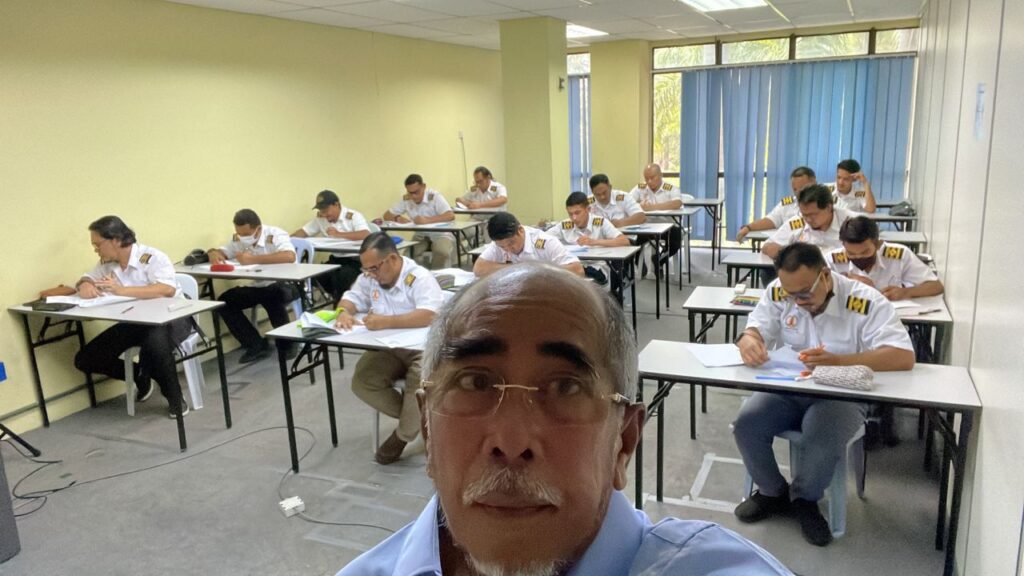SERS, which is currently being used in both distance and face-to-face training in a training center established in Malta, ITU Northern Cyprus Department of Marine Engineering, and Yıldız Technical University Faculty of Naval Architecture and Maritime Studies in Ship Engine Room Simulator courses, has also started to be used in an educational institution in Malaysia. SERSTM, which will begin being used in the Engine Room Team Management training of personnel currently working on ships in Malaysia this summer, will be used in training 3rd and 4th-year maritime candidates at the beginning of the fall 2022 semester. For SERS, which is planned to be installed in stages, a system was established on June 22, 2022, where six students can receive training, and the installation will continue by increasing the number of students.

SERS™, which was successfully installed via remote access to an educational institution in Malaysia, has also become the new favorite of maritime trainers in Malaysia. According to Çağrı Berk Güler, who coordinated the stages during the installation and is part of the group that developed SERS™, one of the biggest reasons for the preference of educational institutions and companies abroad is that remote installation can be carried out and the program is elementary to ensure compatibility with Windows-based systems.

The simulator, made ready for use with full remote access at the educational institution in Malaysia, was installed on the educational computers and then used in training. The institution said they decided to use SERS™ remotely and liked it very much. After the pilot class application, they planned to use the software for all laboratory classes.
Chief Engineer Nazir Hamzah converted the classroom into an Engine Room Team Management Training Lab using SERS™. More components and licenses will be added incrementally. This is a great approach for starting education and training.
About SERS
SERS™ covers all training given using an engine room simulator, as specified in IMO STCW 2010 qualification tables. Also covering IMO Model Course 2.07 (2017) Applications, SERS™ has started to make a name for itself, especially abroad, and has attracted the attention of the maritime sector in the Turkish market, as it offers many academic and practical applications that are not available in simulators currently used in training institutions. The essential features of SERS™, which is developed in a modular structure that can be installed in many different configurations and supplied with various budgets, its advantages and differences from competitor products and application configuration types are explained in detail on the GDS company website.




